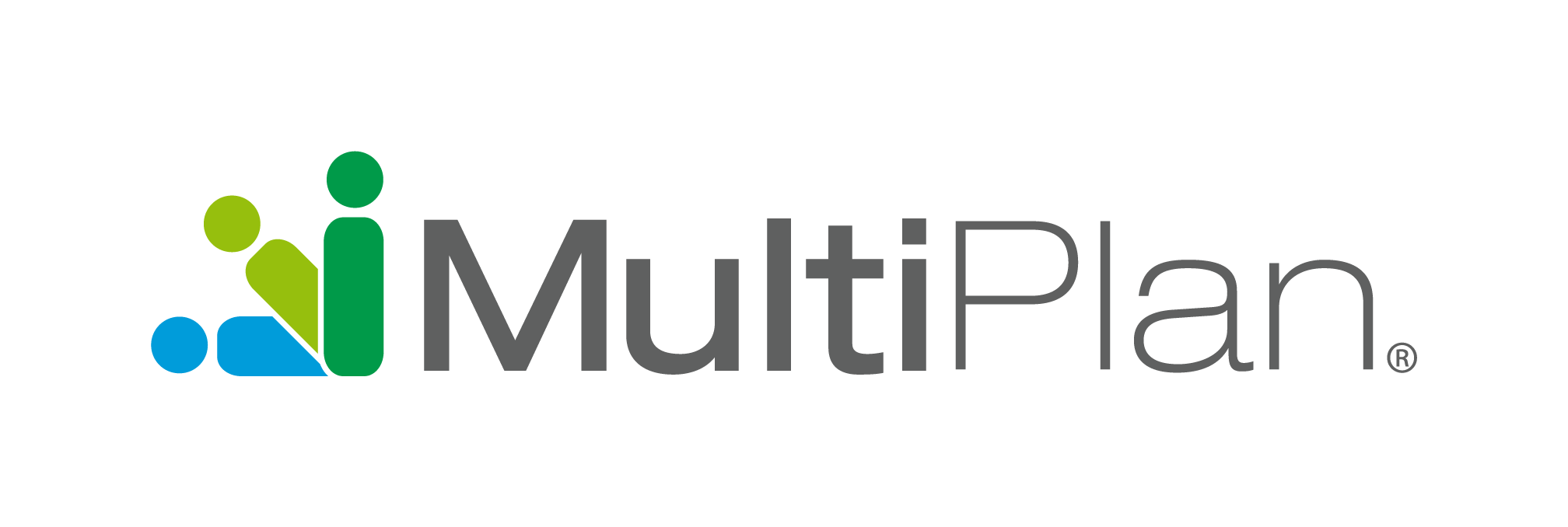What data analytics roles are necessary in your healthcare organization for successful application of your claim and member data? Whatever the size, culture and maturity level of your company, there are five key functions your organization needs to develop models that can help drive payment and revenue integrity solutions to real-world problems.
5 key data analytics roles necessary for creating analytics that will drive value for your organization
Data Liaison
The person in this critical role is someone who really understands your business goals—and can straddle the discussion between business and data. They participate in discussions with your business around your real-world problems and understand enough of the health claims data to realize when a particular problem might be something that can be addressed with the data you can access. In fact, this person is so familiar with your business they might even be able to generate their own list of real-world problems you face that could be addressed with available data knowledge.
Data Architect
This key technical leadership position understands your big picture—they know what data you have, where it is, and how it fits together. They are current in their understanding of data technologies and can apply that knowledge to your organization’s health plans on how it will leverage data. They help create the blueprint for the environment(s) you need for data science and analytics.
Platform Architect
Many organizations don’t have member and health claims data set up in a way that’s really conducive to analytics or big queries. In this IT role, your platform architect will work closely with the analytics team to create the infrastructure needed for effective analytics. They are the person who makes sure your organization has enough “horsepower” for the job at hand.
Data Analyst
As the extractor of data, this is the person you’re most likely to already have in your organization. The data analyst is often your go-to person for analyzing data sets and reporting results. The data analyst understands SQL, SAS statistical software, and your business goals to manipulate healthcare databases and produce analytic findings.
Data Scientist
For more advanced analytics against your data sets, the data scientist works to understand real-world problems and writes the models. They work with big data, using various technologies to develop models that convert data into actionable insights. They may also help identify new data sources and work with the data and platform architects to fuse them with other enterprise data sources. This role collaborates with the data analyst to get access to usable member data and works with the data liaison to understand what the real-world problem is and build the models that ultimately help drive your value.
You don’t necessarily need five people to fulfill these functions since some of these data analytics roles can be combined. You may have an organization where your data analyst and data liaison roles are filled by the same person, or one person may serve as both data and platform architect. The key is to understand that you’re checking each of these boxes so your company is able to take a singular real-world problem and help turn it into the model that’s going to help drive value.
Learn more about how MultiPlan’s Data Mining Service can help you restore and protect your premium dollars, potentially adding millions to your bottom line.
Previously published on the former Discovery Health Partners website.

